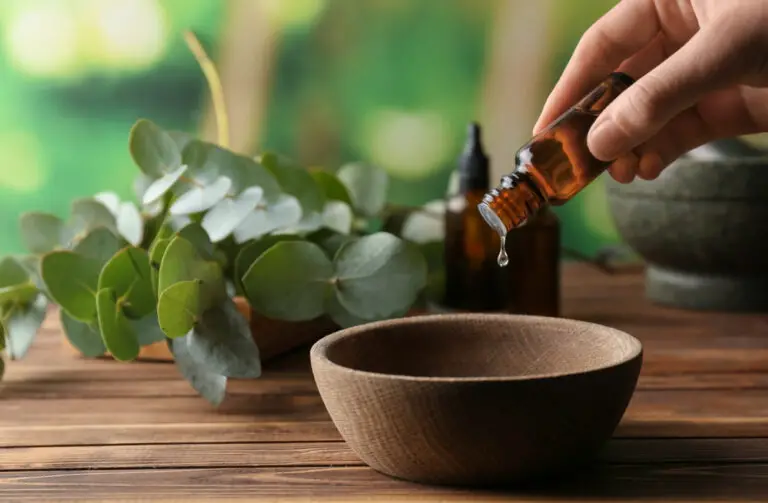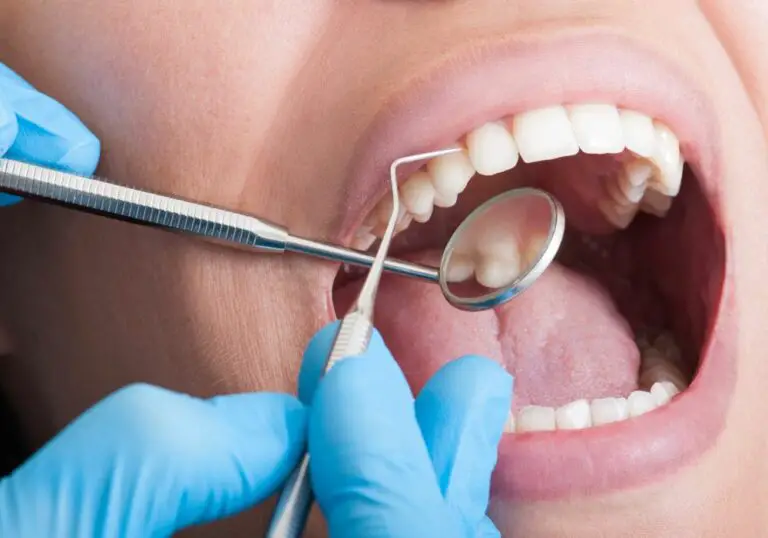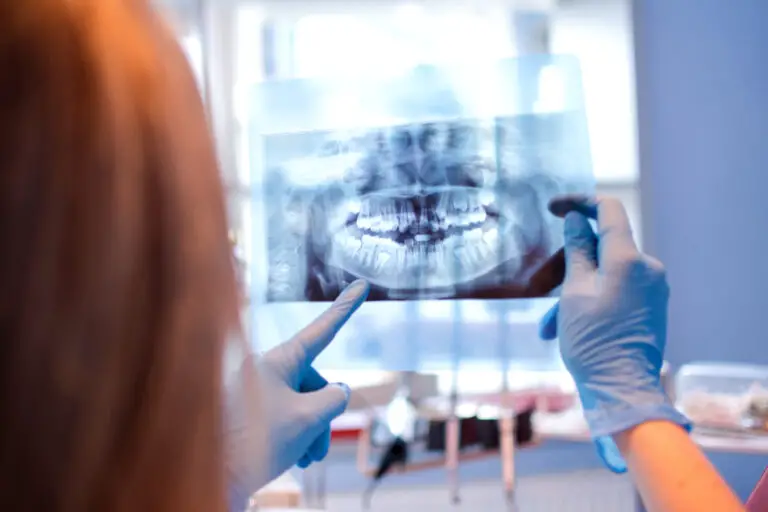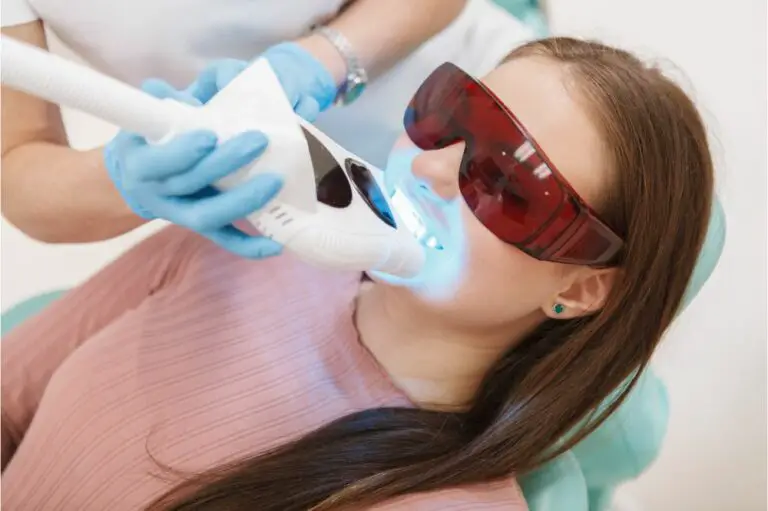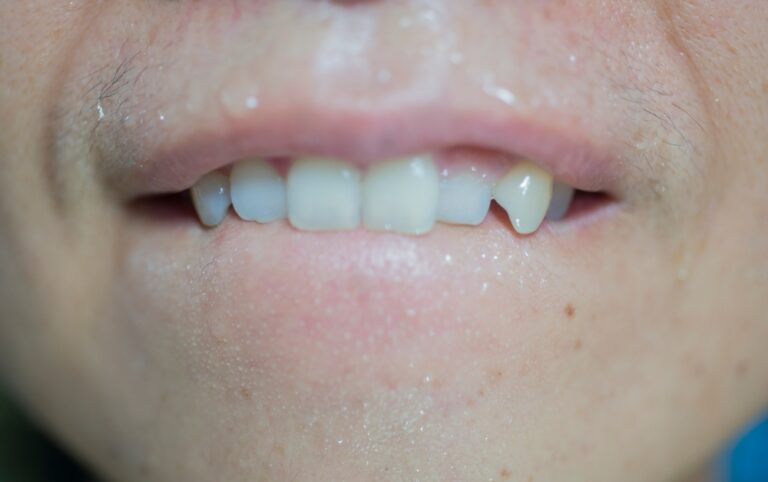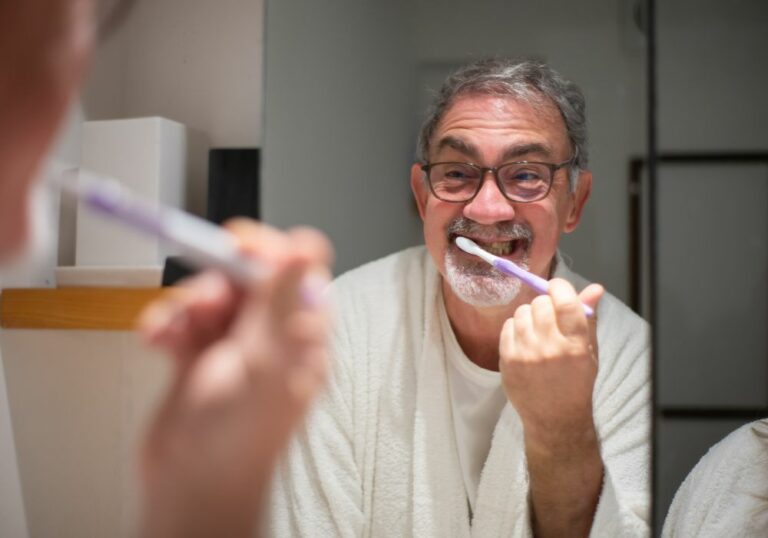Having a bright, white smile can make a huge difference in your appearance and self-confidence. While some are blessed with naturally white teeth, most people deal with stains and discoloration that can dull their smile. Foods, drinks, smoking, medications, genetics, and age can all cause tooth staining and yellowing over time. If you’re wondering how to whiten teeth at home for a brighter smile, there are many effective options to safely bleach and whitewear stained enamel. Keep reading to learn how to get gleaming white teeth with over-the-counter products, natural remedies, activated charcoal, LED kits, and professional whitening treatments.
Over-the-Counter Teeth Whiteners

The most convenient and affordable way to brighten your smile is by using teeth whitening products from your local drugstore. With so many whitening toothpastes, rinses, gels, and strips lining the shelves, how do you know which at-home options really work? Here’s an overview of the most proven OTC methods for gradually whitening teeth over time:
Whitening Toothpastes
Whitening toothpastes are the simplest way to maintain a brighter smile and prevent new stains between dental visits. They contain mild abrasives like silica or baking soda to scrub away surface stains, along with bleaching agents like hydrogen peroxide or sodium hexametaphosphate to breakdown deep-set discoloration.
Look for well-reviewed whitening toothpastes containing ingredients like:
- Hydrogen peroxide – Bleaches teeth by producing unstable free radicals that break down pigments in organic stains. Most whitening pastes contain low concentrations around 3%.
- Sodium hexametaphosphate – Helps loosen and detach stains from enamel so they can be brushed away. Also gently polishes teeth.
- Hydrated silica – Gentle abrasive that buffs away stubborn surface stains without scratching enamel.
- Blue covarine – Optical additive that makes teeth appear whiter by enhancing brightness.
To see whitening benefits, be sure to brush with your whitening toothpaste twice daily for at least 2 minutes. When used consistently, you’ll notice gradually whiter teeth over the course of a few weeks. Whitening toothpastes are safe for daily long-term use.
Whitening Mouth Rinses
Whitening mouthwashes provide extra stain removal between brushing by targeting hard to reach spots. Most contain hydrogen peroxide or carbamide peroxide as the active bleaching ingredient. Swishing daily provides gradual whitening over time by attacking stains left behind from foods, drinks, and smoking.
Some of the most effective whitening rinses you’ll find at the drugstore include:
- Listerine Healthy White – Features hydrogen peroxide to oxidize stains. Also contains fluoride for cavity protection.
- Crest 3D White Whitening Rinse – With unique Advanced Seal Technology to seal out future stains.
- Colgate Optic White Hydrogen Peroxide Whitening Rinse – Fights cavities with fluoride while boosting brightness.
- ACT Whitening Rinse – Formulated with both hydrogen peroxide and baking soda.
To use, swish the recommended amount around your mouth for 30-60 seconds twice daily before brushing and spit out. Don’t swallow the rinse. You’ll achieve gradually whiter teeth with daily use over 4-6 weeks.
Whitening Strips
Adhesive whitening strips offer a fast, convenient way to whiten your teeth from home. Name brands like Crest and Colgate use the bleaching power of hydrogen peroxide applied directly to tooth surfaces to lift deep set stains.
Whitening strips work like this:
- You peel the disposable strips and place them over your top and bottom teeth.
- The thin strips flexibly mold to your teeth and adhere securely.
- Whitening gel loaded with hydrogen peroxide coats the outer layer of your teeth.
- As the active ingredient penetrates the stains, it bleaches the discolored areas.
- After wearing for 30-60 minutes daily, stains lighten over the treatment period.
- Results are seen in as little as 3 days with improvement in shade by several levels.
For significant whitening, strips should be used daily for 10-14 days according to package instructions. Some of the top over-the-counter options include:
- Crest 3D White Professional Effects Whitestrips
- Colgate Optic White At Home Teeth Whitening Kit
- Smile Direct Club Teeth Whitening Strips
- Auraglow Teeth Whitening Strips
While whitening strips are very effective, hydrogen peroxide can cause temporary tooth sensitivity or irritated gums for some. Carefully following directions is key – be sure not to overuse strips or wear longer than recommended.
Other OTC Whiteners
Along with toothpastes, mouthwashes, and whitening strips, you may come across other OTC whitening products making promising claims in ads and online. Options like whitening gums, whitening pens, charcoal powders, or LED kits can lighten teeth with varying degrees of success. However, results are less predictable compared to more proven methods.
The takeaway is that consistent daily use of mainstream whitening toothpastes, rinses, and whitening strips will provide the best and safest over-the-counter brightening for stained teeth. Look to less common products for whitening support but not as your primary method.
Natural Ways to Whiten Teeth at Home
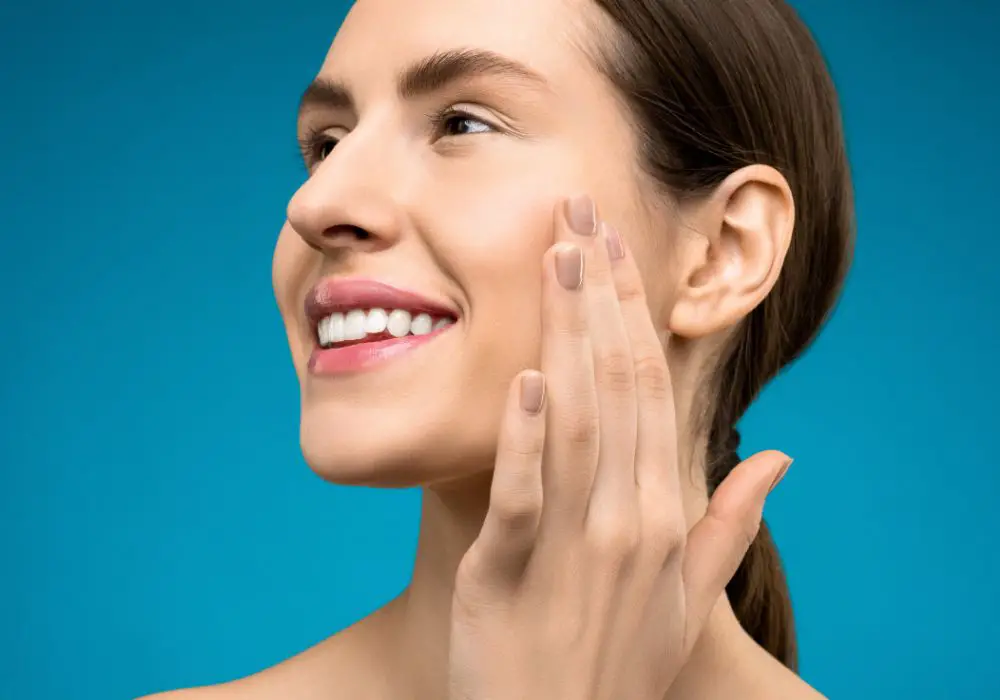
If you’re wary of using chemical whitening agents, don’t worry – you have plenty of natural DIY options too! From kitchen staples to time-tested home remedies, these natural teeth whiteners help scrub away stains and gradually brighten your smile:
Baking Soda
As a natural abrasive, baking soda effectively scours away surface stains when used as toothpaste. It won’t penetrate deep set stains, but helps keep teeth freshly polished. To use, mix a pinch of baking soda with water to form a paste consistency. Brush gently for 1-2 minutes, being careful not to scrub too hard. Rinse thoroughly. Limit use to 1-2 times per week to prevent wearing down enamel over time.
Hydrogen Peroxide
Lower concentrations of hydrogen peroxide can be used for safe at home whitening when diluted properly. Try this DIY whitening solution: Mix 2 teaspoons hydrogen peroxide with 1 teaspoon water. Swish or rinse the solution in your mouth for 1-2 minutes, then rinse thoroughly with plain water. Limit use to once daily or a few times per week.
Lemon, Orange, or Strawberry
Citric fruits naturally contain acidic compounds that help break down surface stains. For quick brightening, simply rub a lemon wedge or orange peel directly onto your teeth. You can also mash strawberries into a paste and brush onto teeth. Rinse thoroughly afterwards and follow up with brushing. Use citrus fruits 1-2 times per week for natural whitening.
Apple Cider Vinegar
Raw apple cider vinegar contains acetic acid that provides anti-bacterial and whitening effects. To use, dilute 2 teaspoons ACV with 6 ounces of water. Swish the liquid around your mouth for 30 seconds before thoroughly rinsing. Use once or twice daily for best results.
Coconut Oil Pulling
This oral therapy involves swishing oil around in your mouth to draw out toxins and stains. Simply put 1-2 tablespoons of coconut oil in your mouth and “pull” it through your teeth for 10-15 minutes. Spit out the oil (avoid swallowing) and rinse well. The coconut oil’s antiviral, antibacterial, and inflammation-fighting properties help whiten teeth with continued use.
Crushed Herbs
Certain crushed herbs have teeth whitening abilities you can take advantage of. Make a paste with dried sage powder and water and brush onto teeth. Rinse after 1 minute. You can also steep green or black tea bags in hot water, cool, and rub onto teeth. The tannins in the tea help remove stains.
Activated Charcoal for Teeth Whitening

Activated charcoal has recently gained buzz for its stain-absorbing superpowers. The porous charcoal binds to stains and can effectively draw them out of tooth enamel through abrasion. It’s available in powder or tablet form.
To use activated charcoal powder, wet your toothbrush and dip the bristles in the powder. Brush teeth in gentle circles for 1-2 minutes, paying attention to stained areas. The black powder will turn foamy white as the charcoal lifts stains from your teeth. Avoid getting charcoal on your lips or gums. Rinse very thoroughly after brushing as charcoal can stain if left on your teeth.
Take charcoal tablets by crushing into a powder with a mortar and pestle. Wet your toothbrush and dip in the powder, then brush gently onto teeth.
Limit charcoal use to 1-2 times per month to avoid excessive enamel abrasion. While studies have proven charcoal can effectively whiten teeth, it’s too abrasive for daily long-term use. See results after 3-4 uses, but don’t overdo it.
At-Home LED Teeth Whitening Kits
You can experience dramatically whiter teeth from the comfort of home with at-home LED whitening kits. These use the same teeth-bleaching technology as professional in-office whitening procedures. Along with an LED light device, the kits come with syringes of concentrated hydrogen peroxide whitening gel to neatly apply onto teeth.
The LED light accelerates the bleaching process, meaning you see results fast – in just a few days. Without the light, the whitening gel alone takes much longer to produce noticeable whitening. The light stimulates the hydrogen peroxide, which penetrates the stains faster.
LED kits provide similar whitening results as whitening strips with proper use, but work much quicker. The light allows you to whiten teeth shades beyond what strips alone can achieve. LED light only whitens the front 6 teeth, but strips don’t effectively whiten the backs of teeth either. LED kits cost more than strips but provide longer lasting whitening, making them a great investment.
Follow directions carefully when applying gel in the mouth trays and positioning the LED light. Overusing gel can irritate gums and overexposure to light can damage teeth. Reputable at-home LED whitening systems include:
- Snow LED Teeth Whitening Kit
- AuraGlow Teeth Whitening Kit
- GLO Brilliant Complete Home Teeth Whitening Device
- Shine Whitening 24G with LED Light
Use your LED system daily for the treatment duration recommended in instructions. Results can last 6-12 months with periodic touch up treatments.
Professional Teeth Whitening From a Dentist
While over-the-counter methods provide gradual whitening over time, a dentist uses professional-strength bleaches so you see dramatically whiter teeth in one visit. In-office whitening remains the gold standard, with unparalleled whitening power.
During a professional whitening session, your dentist will first isolate your lips and gums before applying a strong hydrogen peroxide-based whitening gel to teeth. A specialized light is shined on teeth to accelerate gel activation and penetrate stains more deeply. A barrier is placed under your tongue to protect soft tissues.
In one 60-90 minute appointment you can achieve whiter teeth by 8 shades or more! Some professional options your dentist may use include Zoom Whitening or Opalescence Boost. Because a trained professional monitors the process, risks like burns or overbleaching are rare.
Dentist-supervised take-home whitening trays are another professional option. Your dentist takes molds of your teeth to create customized trays that perfectly fit your smile. You’re given higher concentrations of whitening gel to load in the trays at home for a couple weeks until teeth reach desired whiteness. Your dentist ensures proper application and safe whitening.
While professional whitening costs more than DIY methods, the dramatic results are undeniable and long-lasting. With proper care and maintenance, your gleaming white smile can last 1-3 years!
Tips for Continued Whitening Success
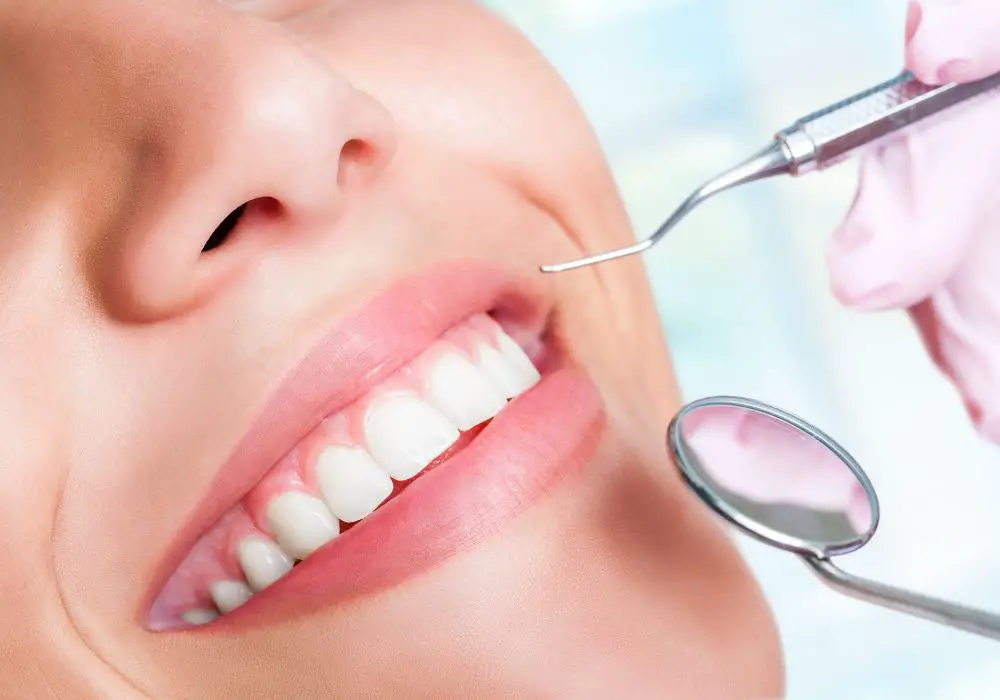
Follow these best practices to ensure your pearly whites stay bright between treatments:
- Brush twice and floss once daily to prevent stains from taking hold on teeth.
- Rinse mouth after consuming staining foods and drinks. Alternatively, drink dark beverages through a straw.
- Avoid habits like smoking that can rapidly yellow teeth.
- Store whitening gel syringes in the fridge to prolong their effectiveness.
- Apply whitening products before bed so they can work overnight without interference from staining foods and drinks.
- Drink plenty of water to keep mouth hydrated and prevent absorption of stains.
- Get professional teeth cleanings every 6 months to keep enamel free of hardened tartar that causes yellowing.
- Take a break between whitening treatments to avoid tooth sensitivity and let enamel recover.
- Use lip balm and drink lots of water to prevent dry cracked lips that can trap stains.
When to See Your Dentist
Check with your dentist before trying any home remedies to whiten your teeth, especially if you have sensitive teeth, fillings, crowns, or enamel defects. Make sure you don’t have untreated cavities, leaky fillings, or other issues that require dental treatment first. Inform your dentist of any whitening products you use.
See your dentist immediately if you experience significant tooth sensitivity, gum irritation, changes in tooth structure, or white spots while using whitening products. You may be overusing or require less frequent application.
Regular dental cleanings and exams every 6 months are recommended to monitor tooth and gum health while keeping your smile bright. Maintaining a good oral hygiene routine is key to preserving your newly whitened grin!
FAQs About Whitening Teeth at Home
What causes yellow teeth?
Teeth naturally yellow as enamel thins with age. Staining foods, drinks, and poor hygiene habits also discolor teeth over time. The outer enamel layer becomes more transparent, allowing yellow dentin to show through. Medications, smoking, trauma, tooth decay, and genetics contribute to tooth discoloration.
How white can you make your teeth with whitening products?
Most over-the-counter methods gradually lighten teeth a few shades over several weeks. Whitening strips can typically brighten by 1-3 levels with 10-14 days consistent use. However, significant whitening by 5-8 shades lighter requires professional-strength bleaching under a dentist’s supervision for dramatic results.
Can whitening damage your teeth?
When peroxide whiteners are used as directed, teeth whitening is safe for enamel. But overuse or misuse of hydrogen/carbamide peroxide gels at too high a concentration or frequency can cause tooth sensitivity and gum irritation. Seek professional guidance to avoid over-bleaching and ensure whitening safely.
How long does teeth whitening last?
OTC whitening lasts 1-6 months before needing touch up treatments as stains gradually reappear. Professional in-office whitening lasts 1-3 years, while supervised custom tray whitening can last 6-12 months before needing a refresher. Proper maintenance with daily brushing, whitening toothpaste, and avoiding staining foods/drinks helps prolong a white smile.
What foods naturally whiten teeth?
Crunchy fruits and vegetables like apples, celery, and carrots mechanically scrub away stains. Citrus fruits contain enamel-friendly citric acid to break down discoloration. Dairy products strengthen enamel to resist stains. Baking soda and strawberries gently whiten. Andgreen tea contains tannins that fight bacteria and staining.
In summary, you have many safe options to naturally and effectively whiten teeth at home. For a bright and healthy smile, use whitening toothpaste daily along with rinses, strips, or LED kits. But when you want dramatic whitening results fast, visit a professional for the safest, most reliable bleaching treatments. With the right oral care regimen, you can enjoy gleaming white teeth for years to come!

